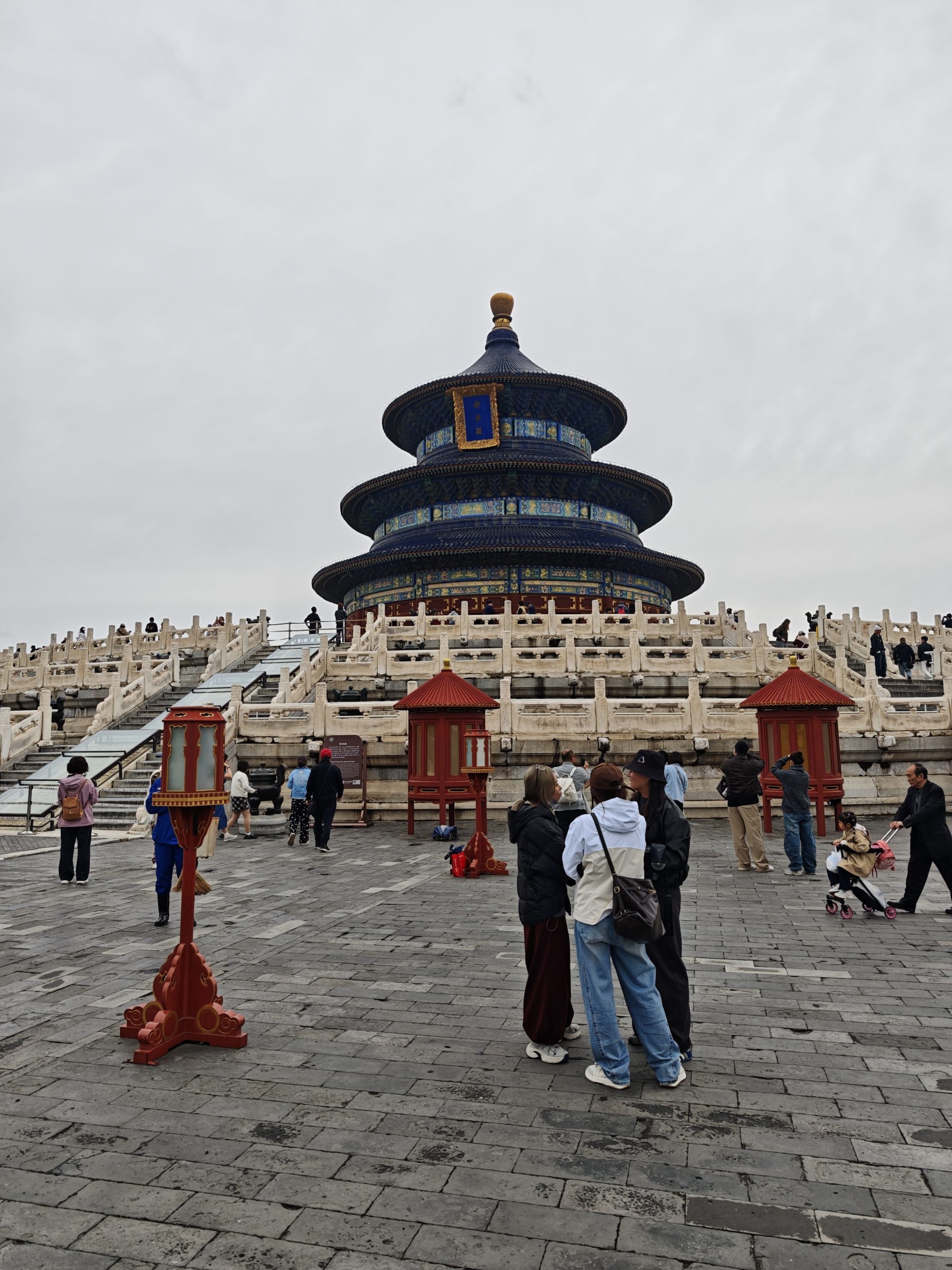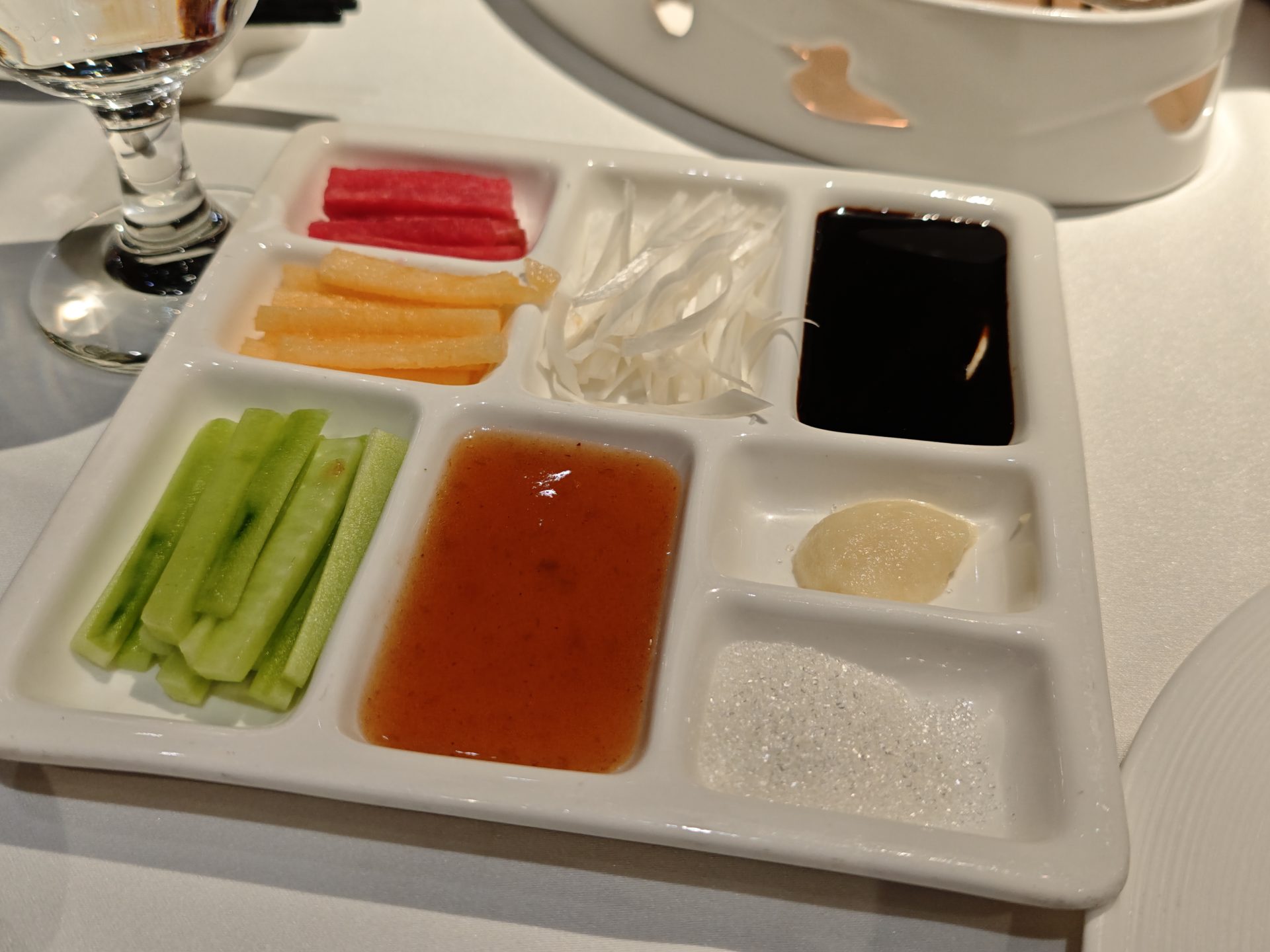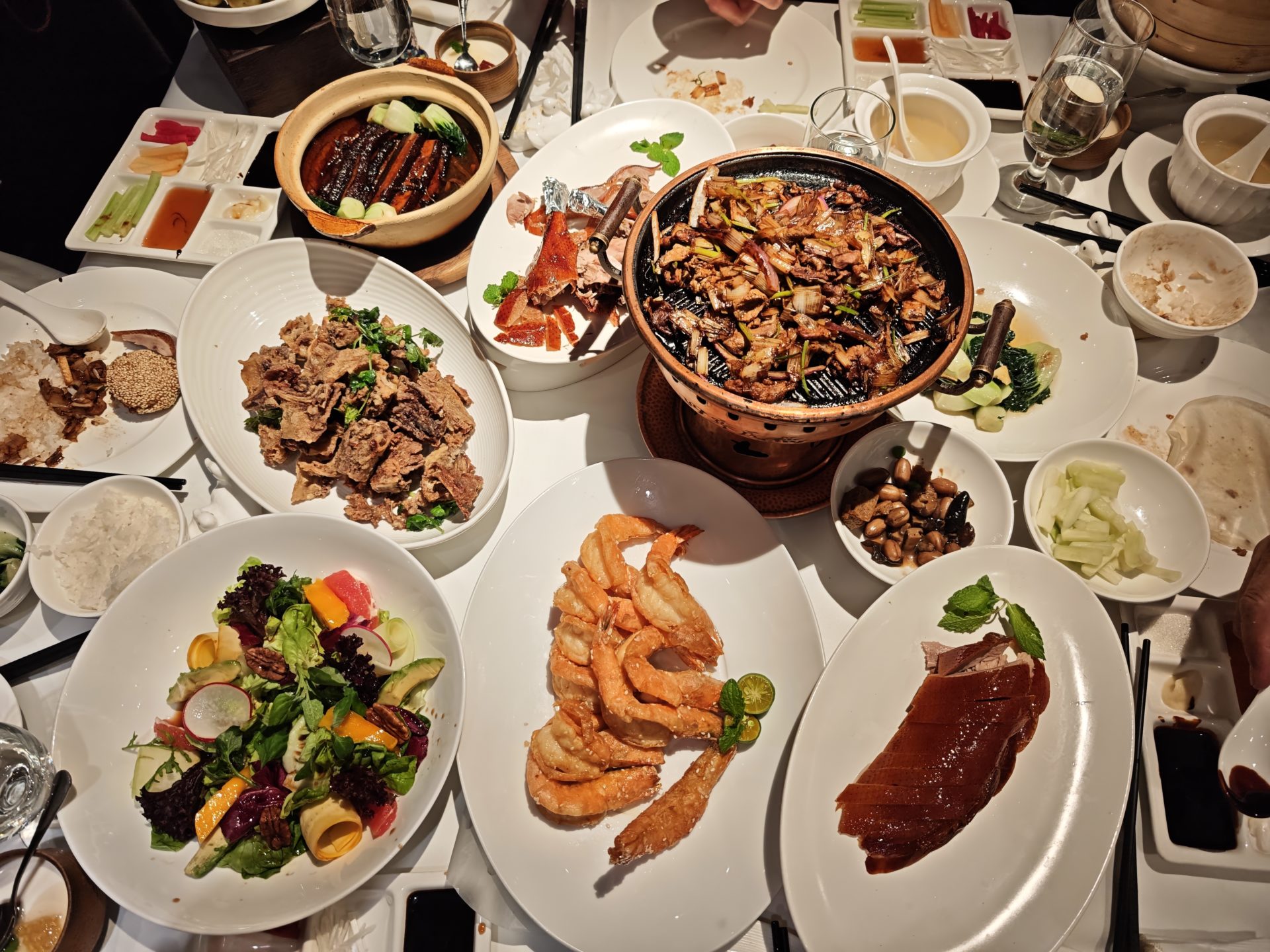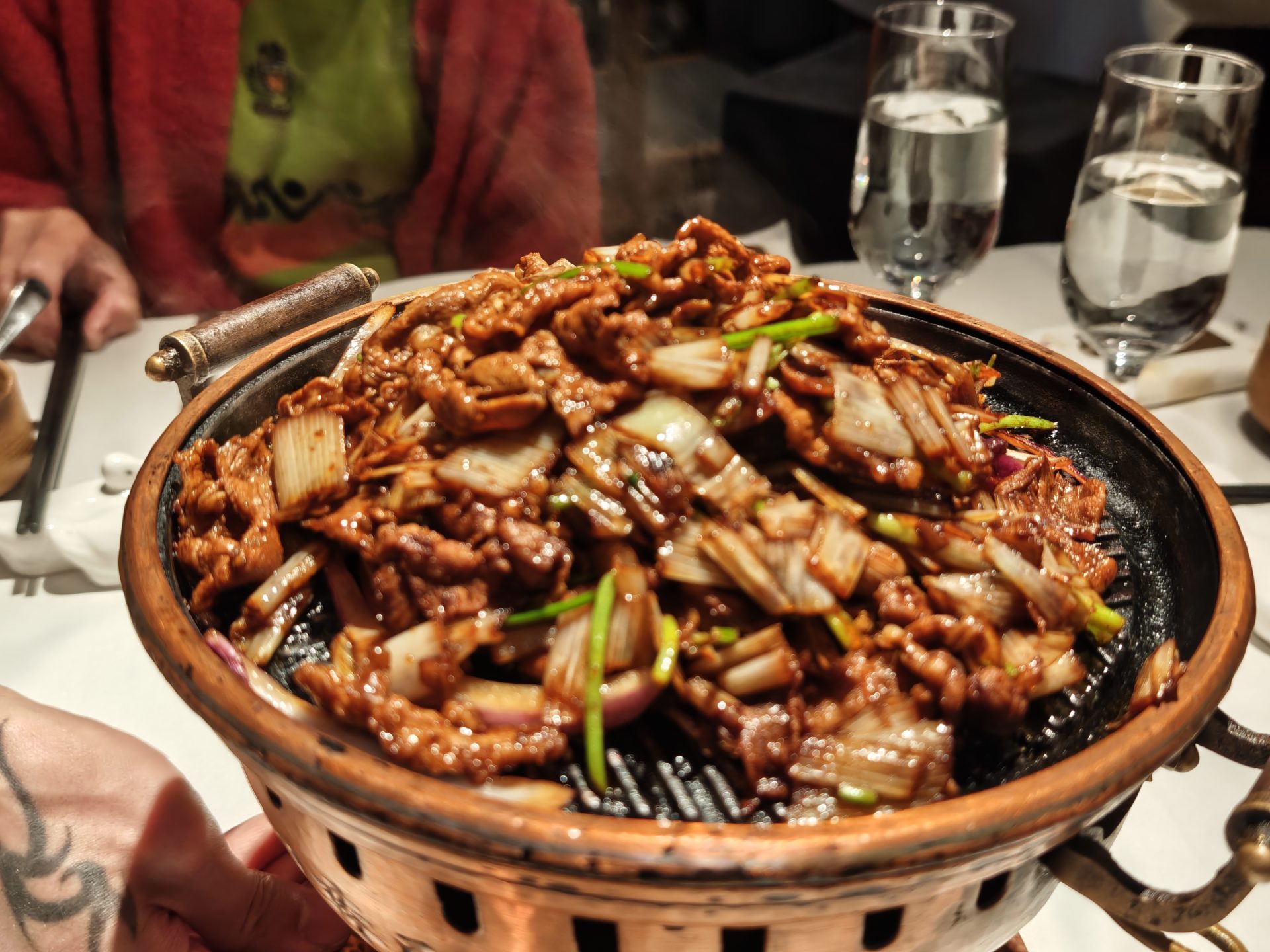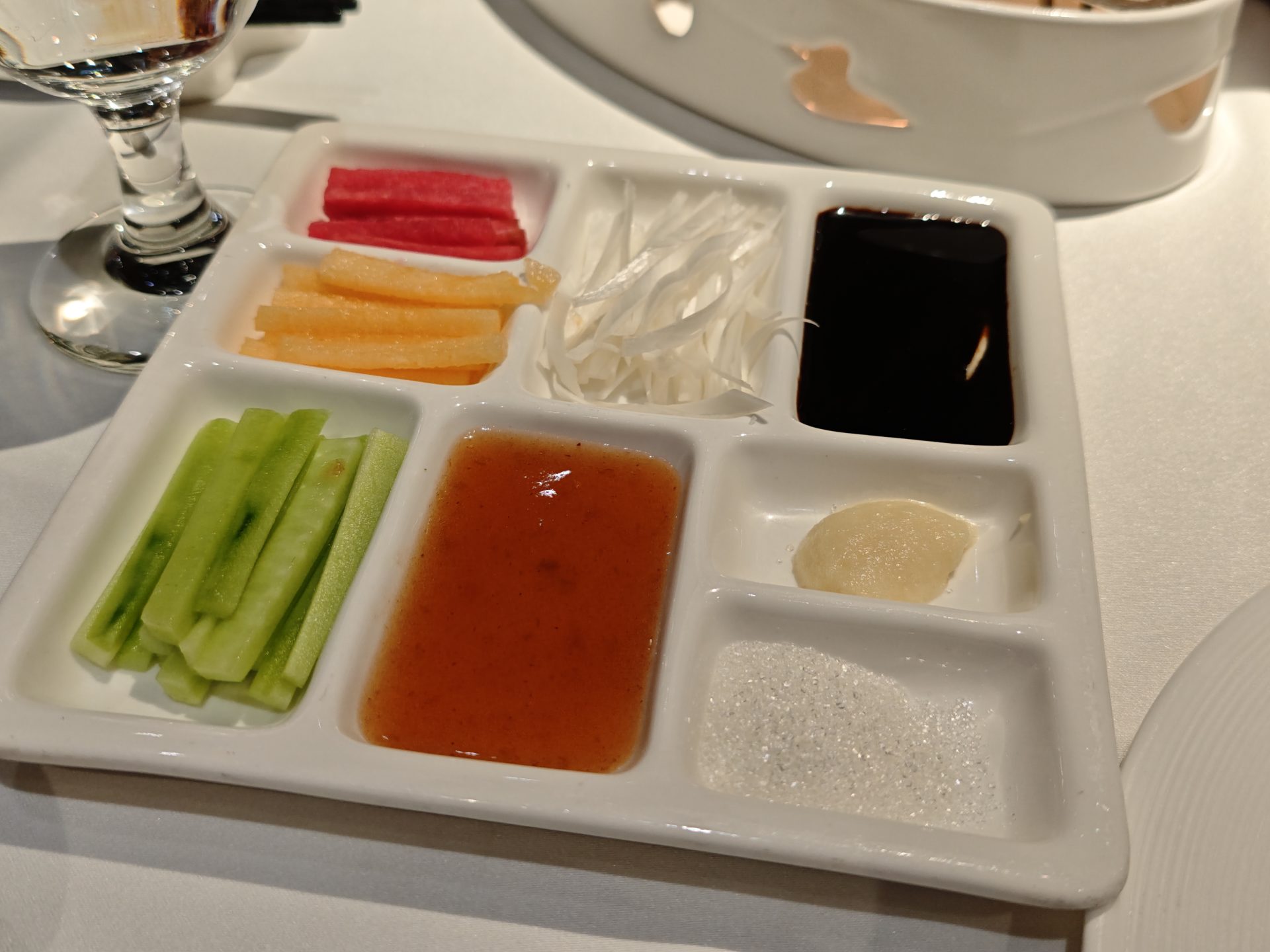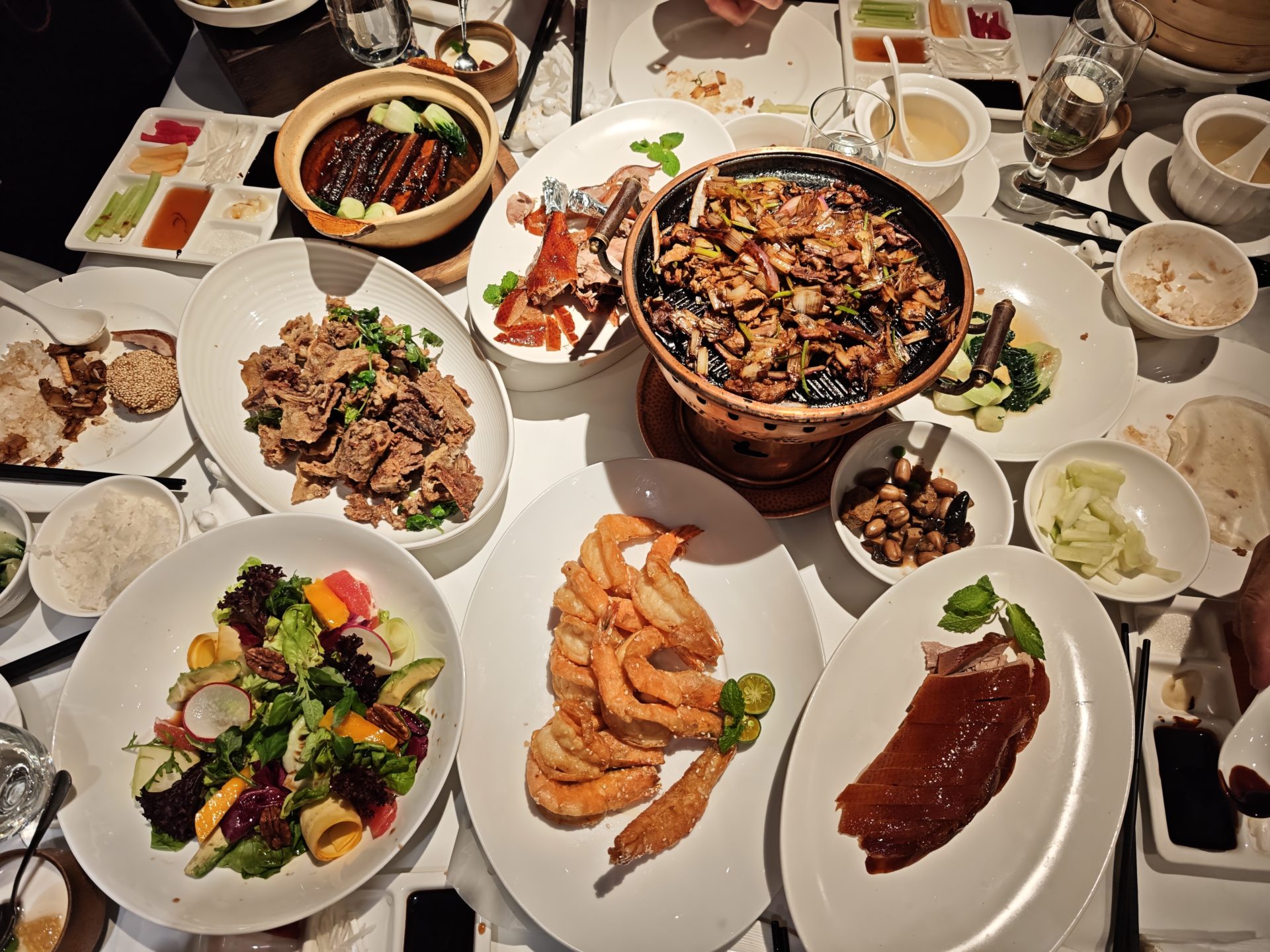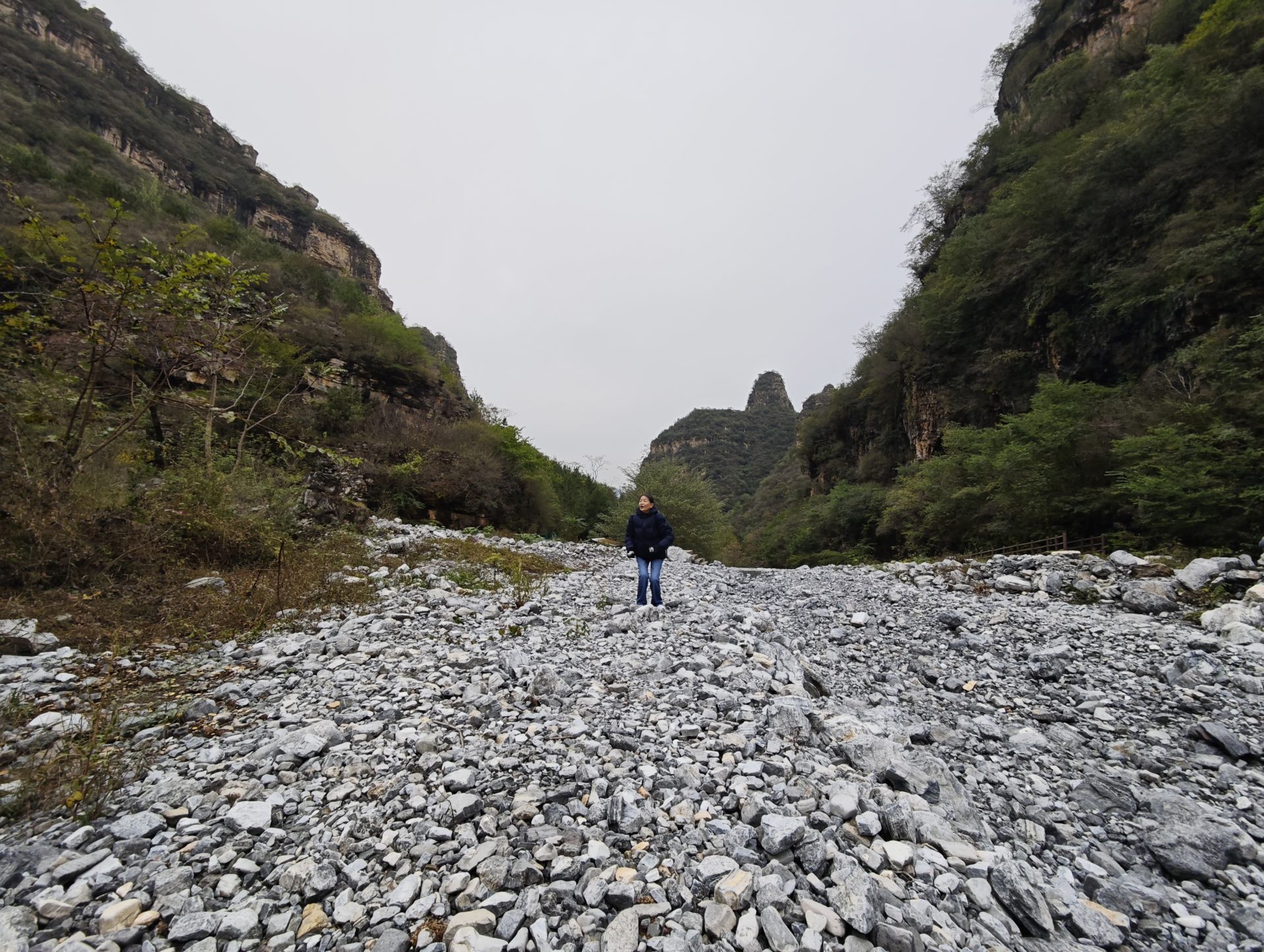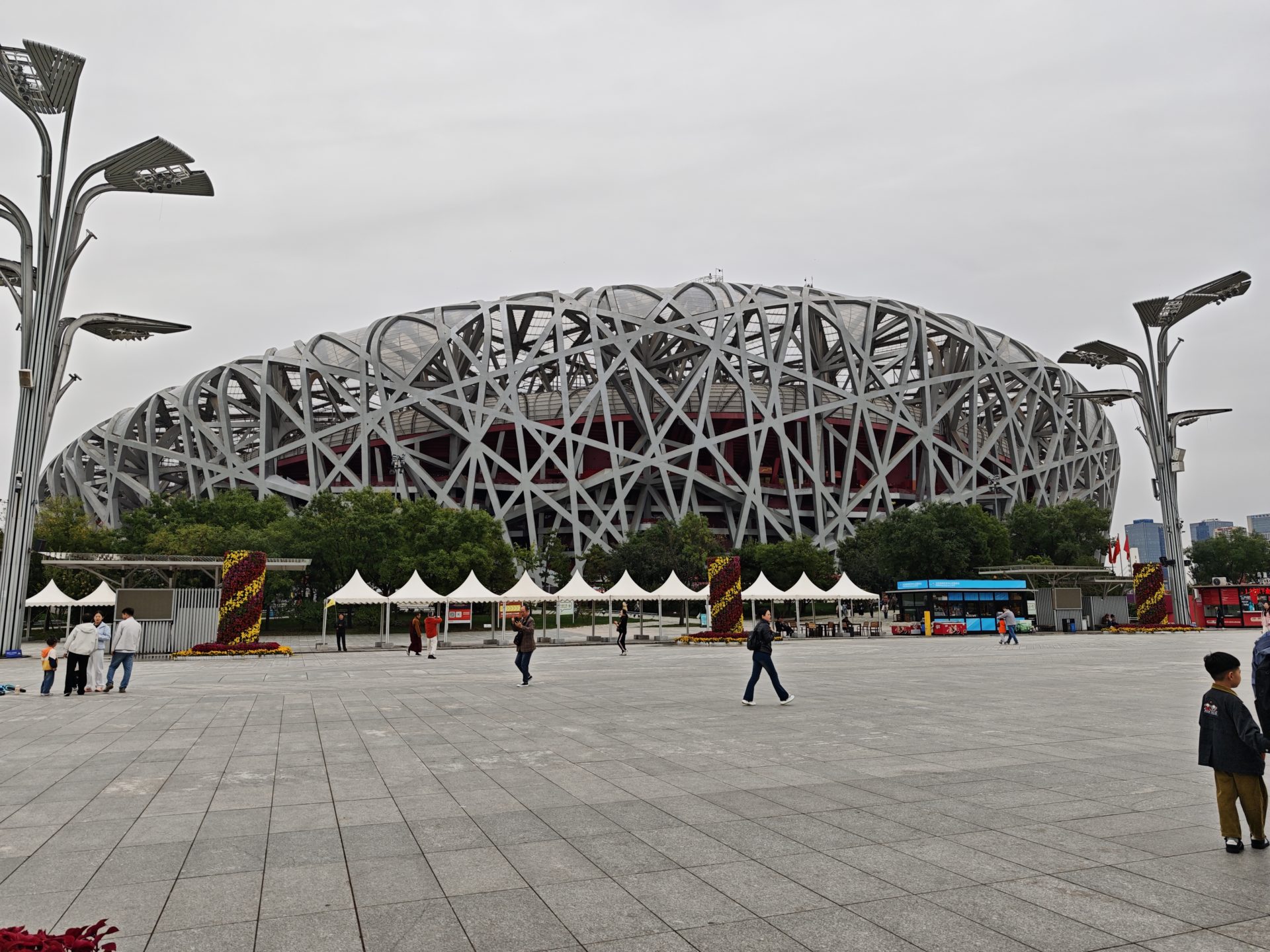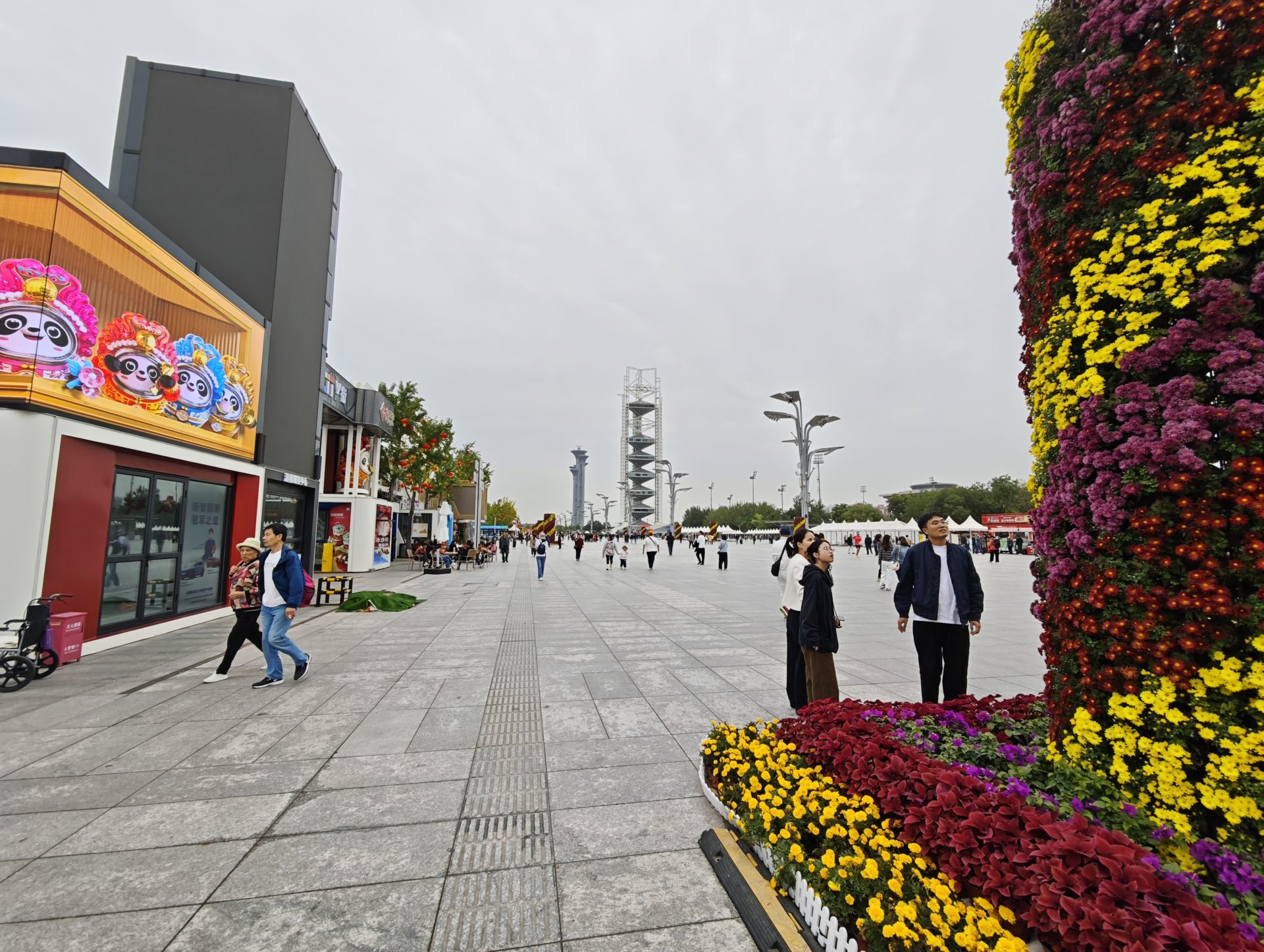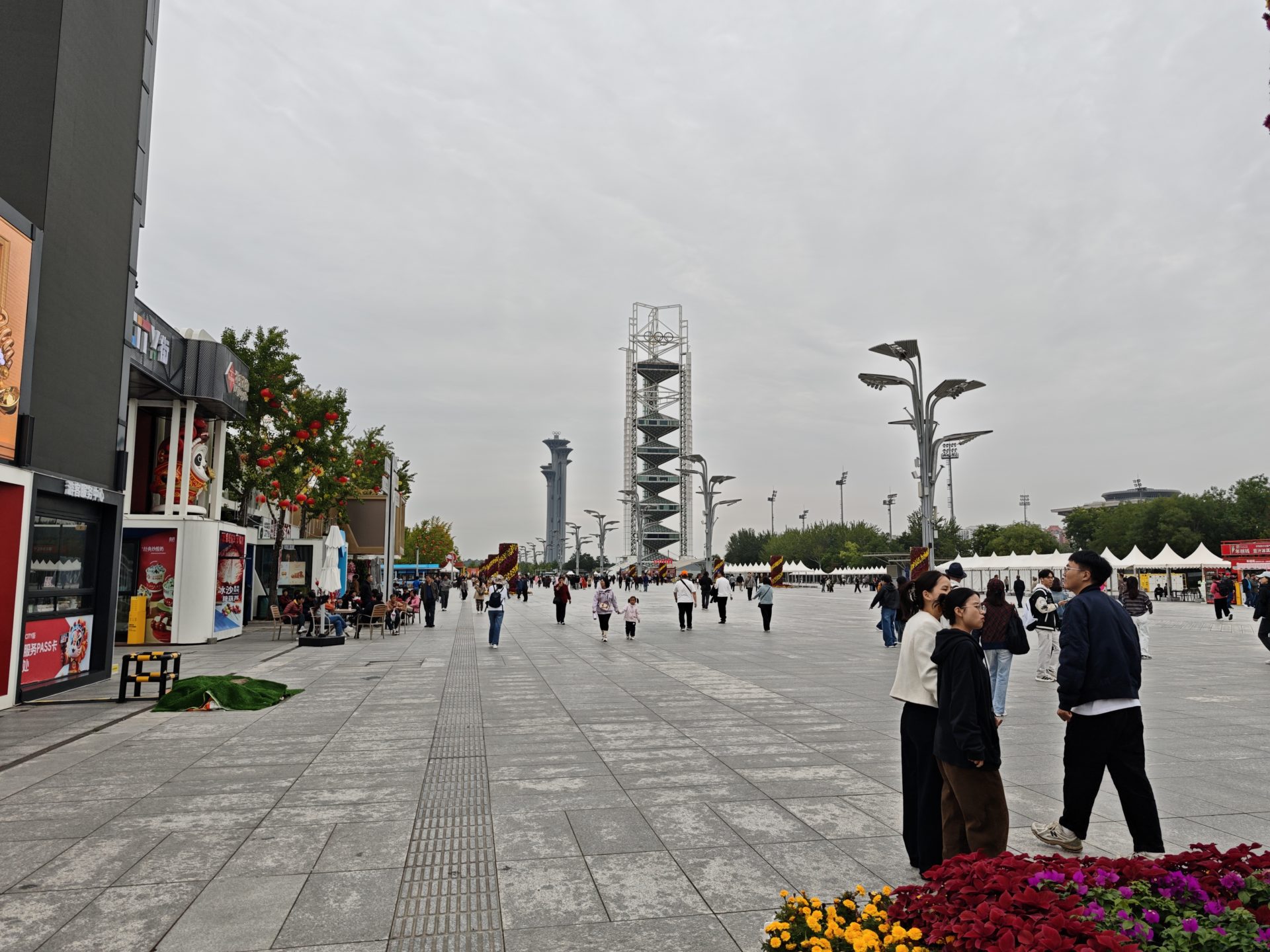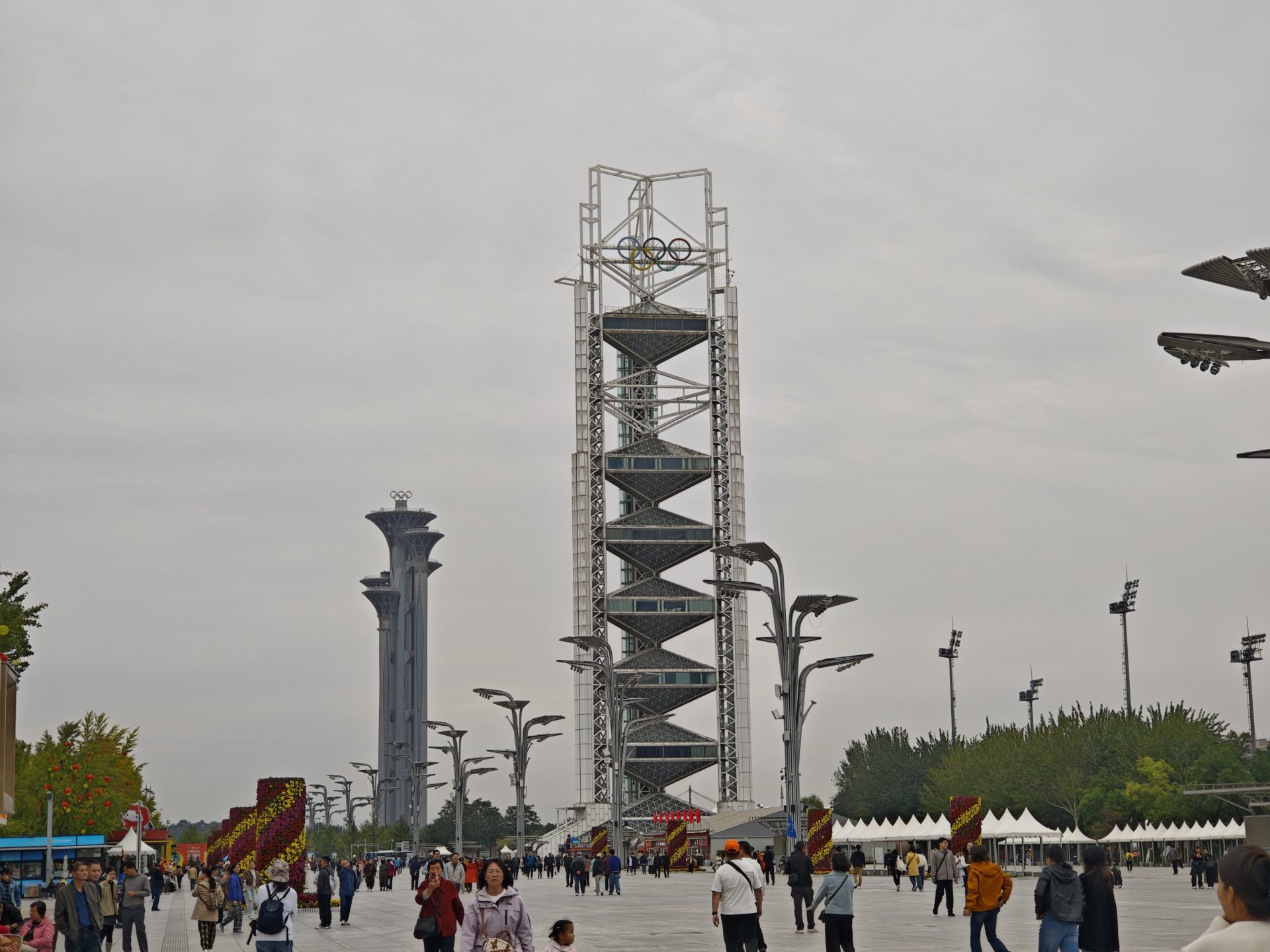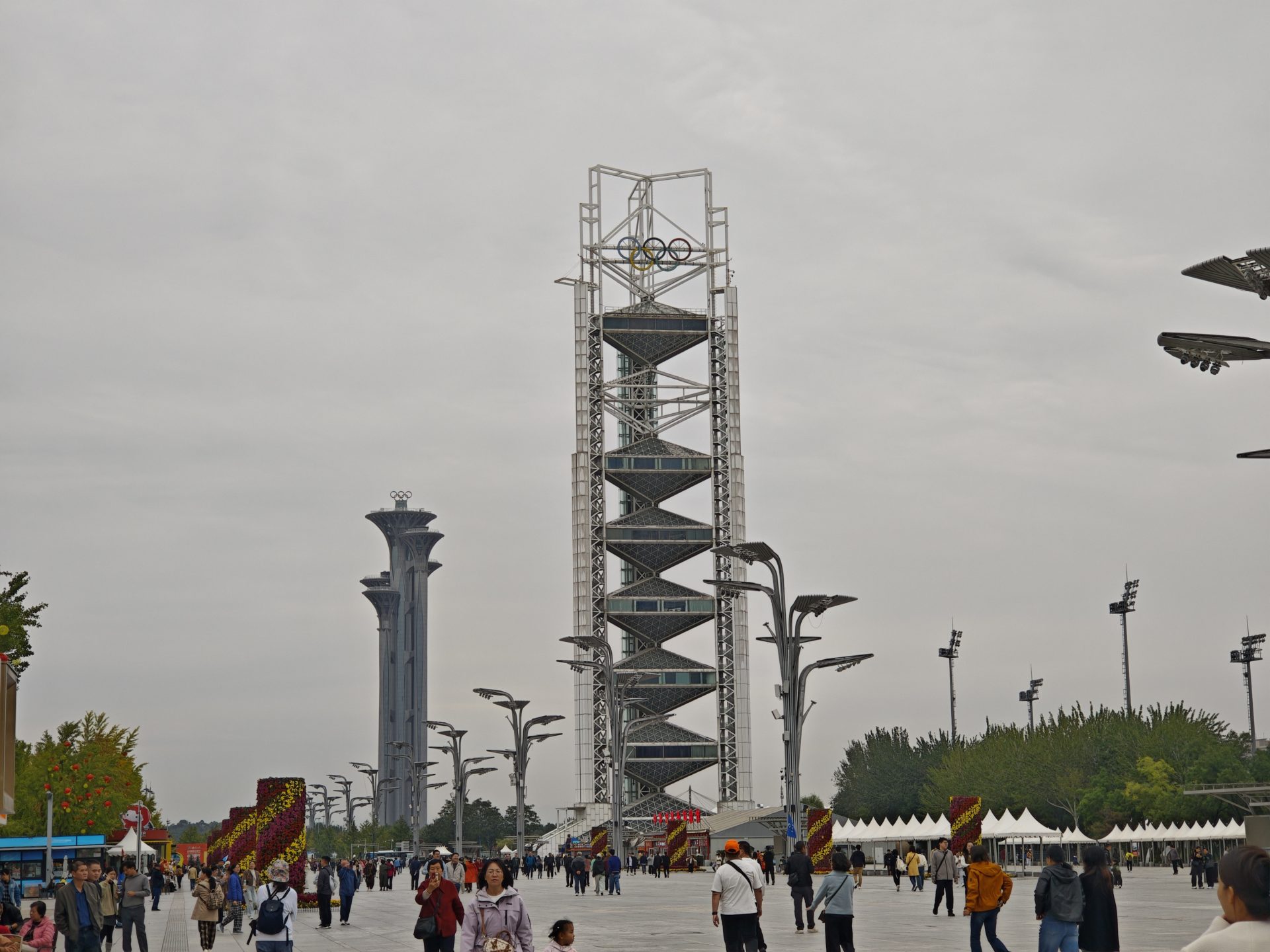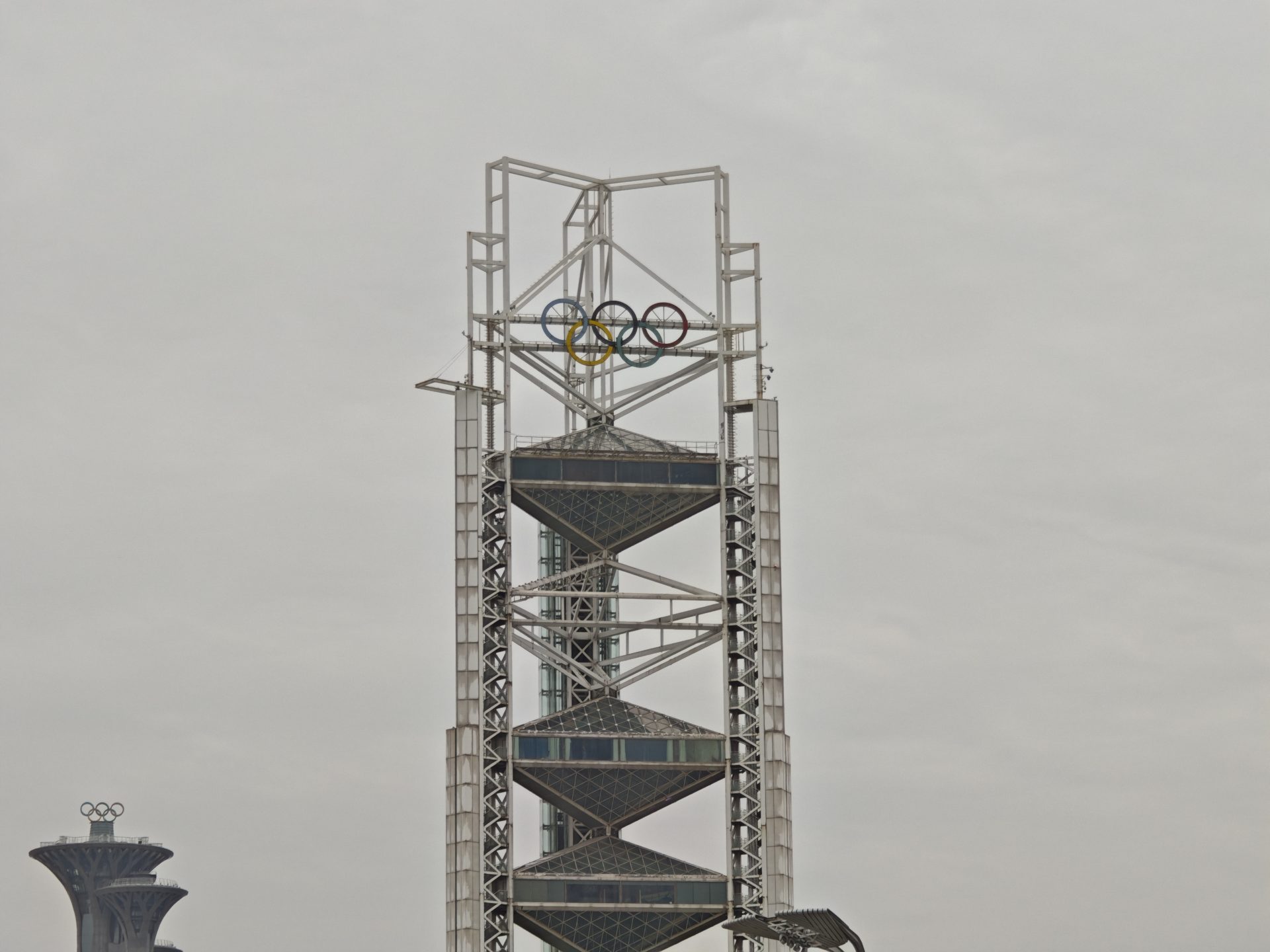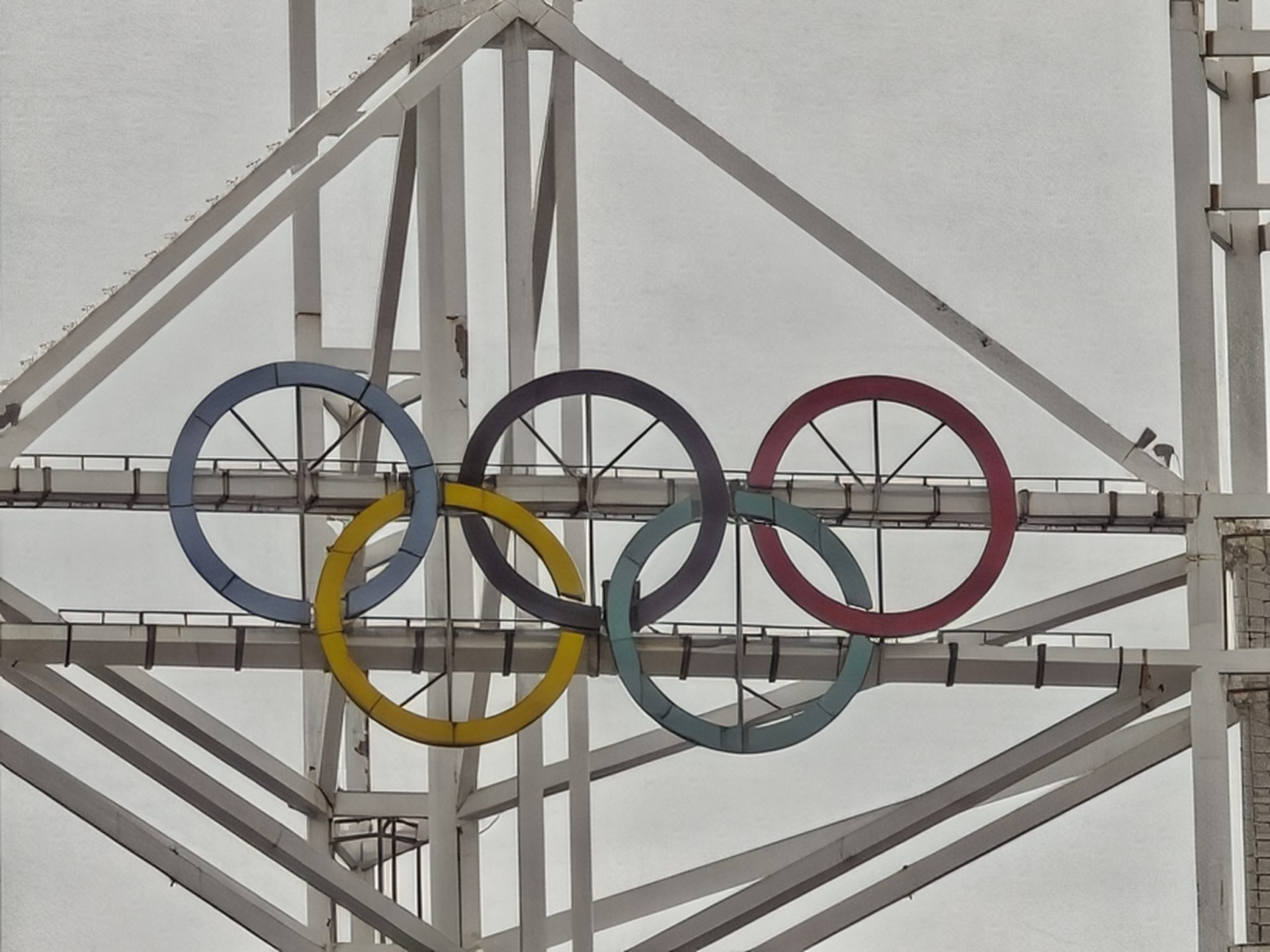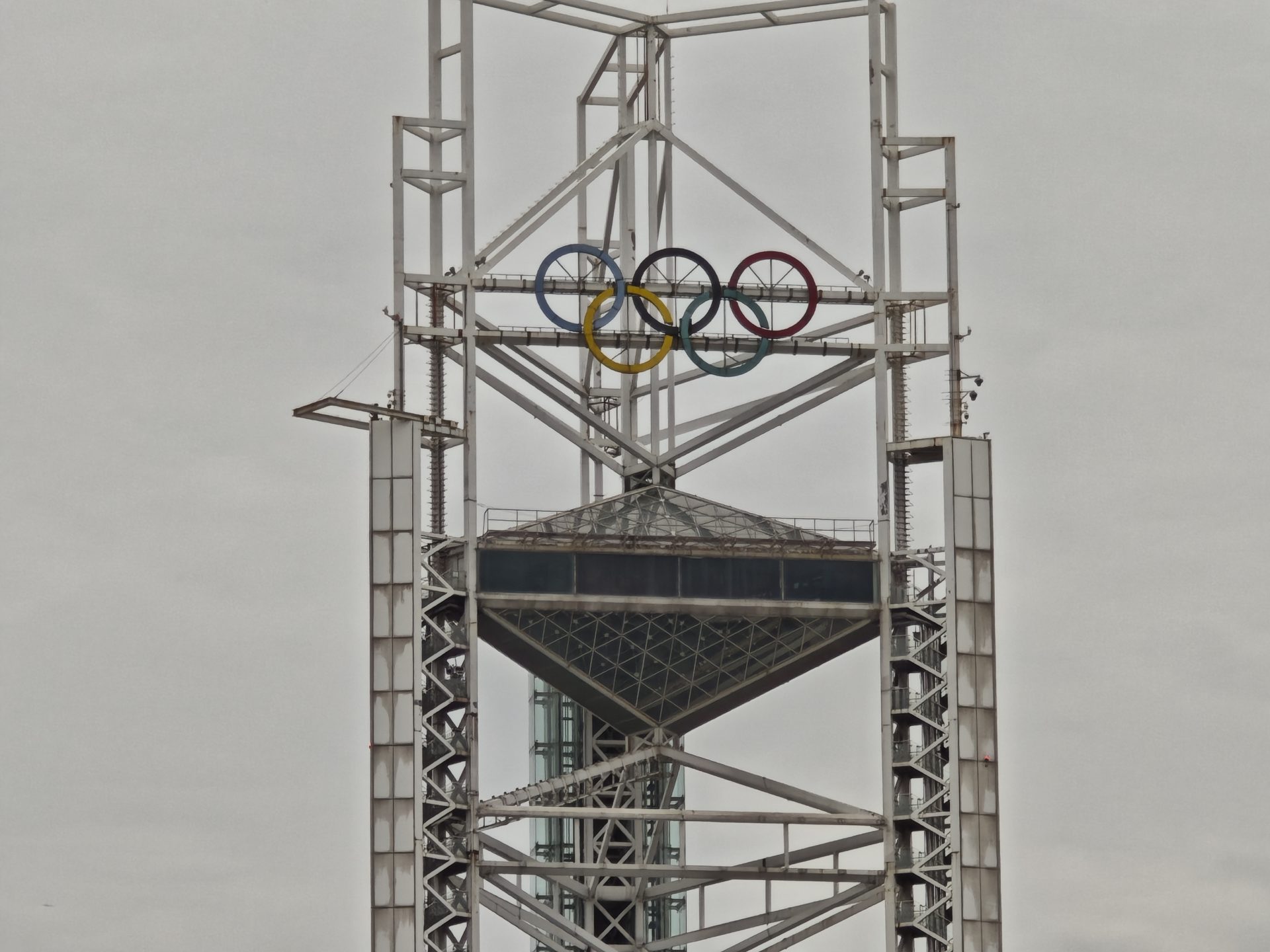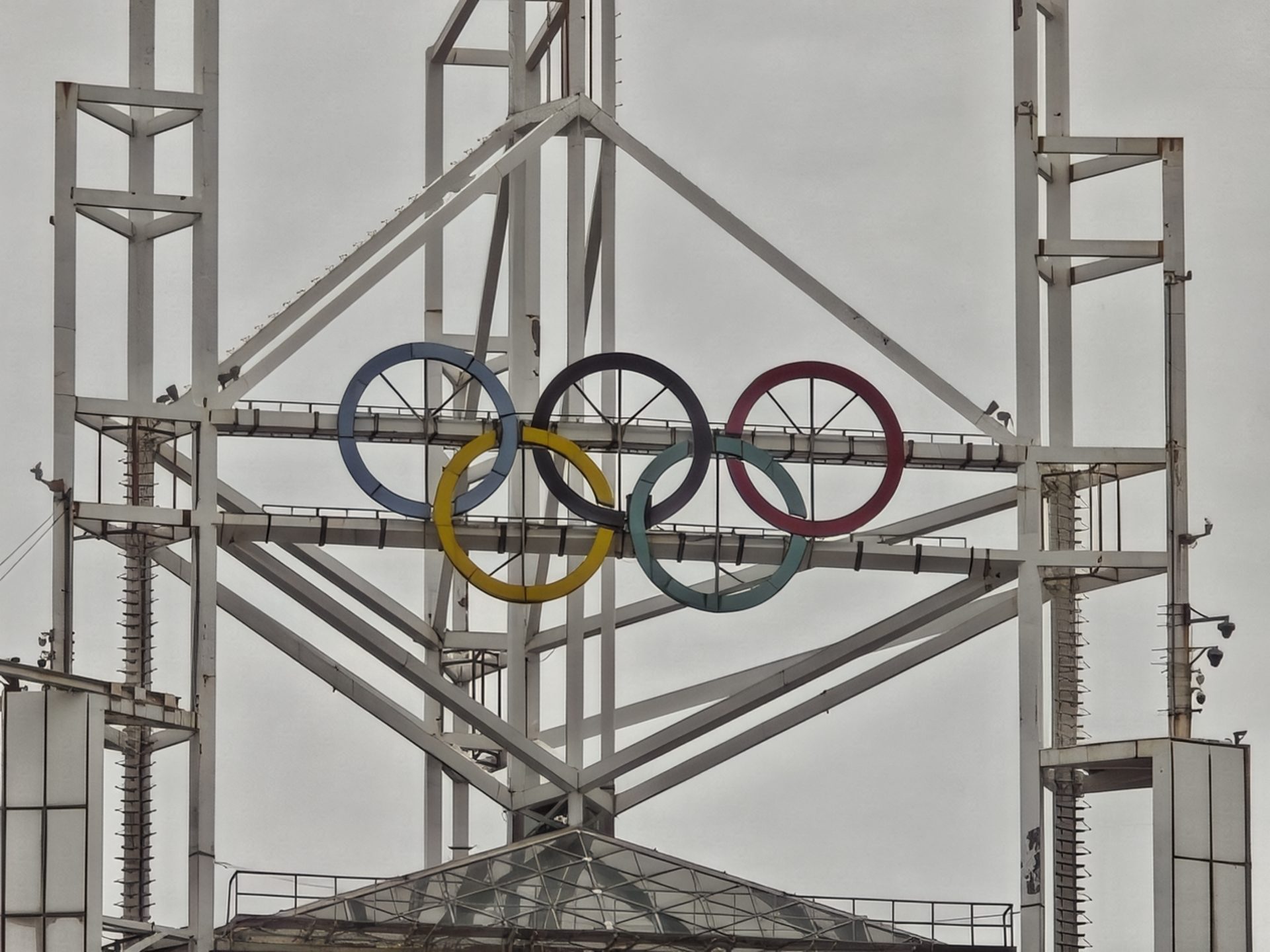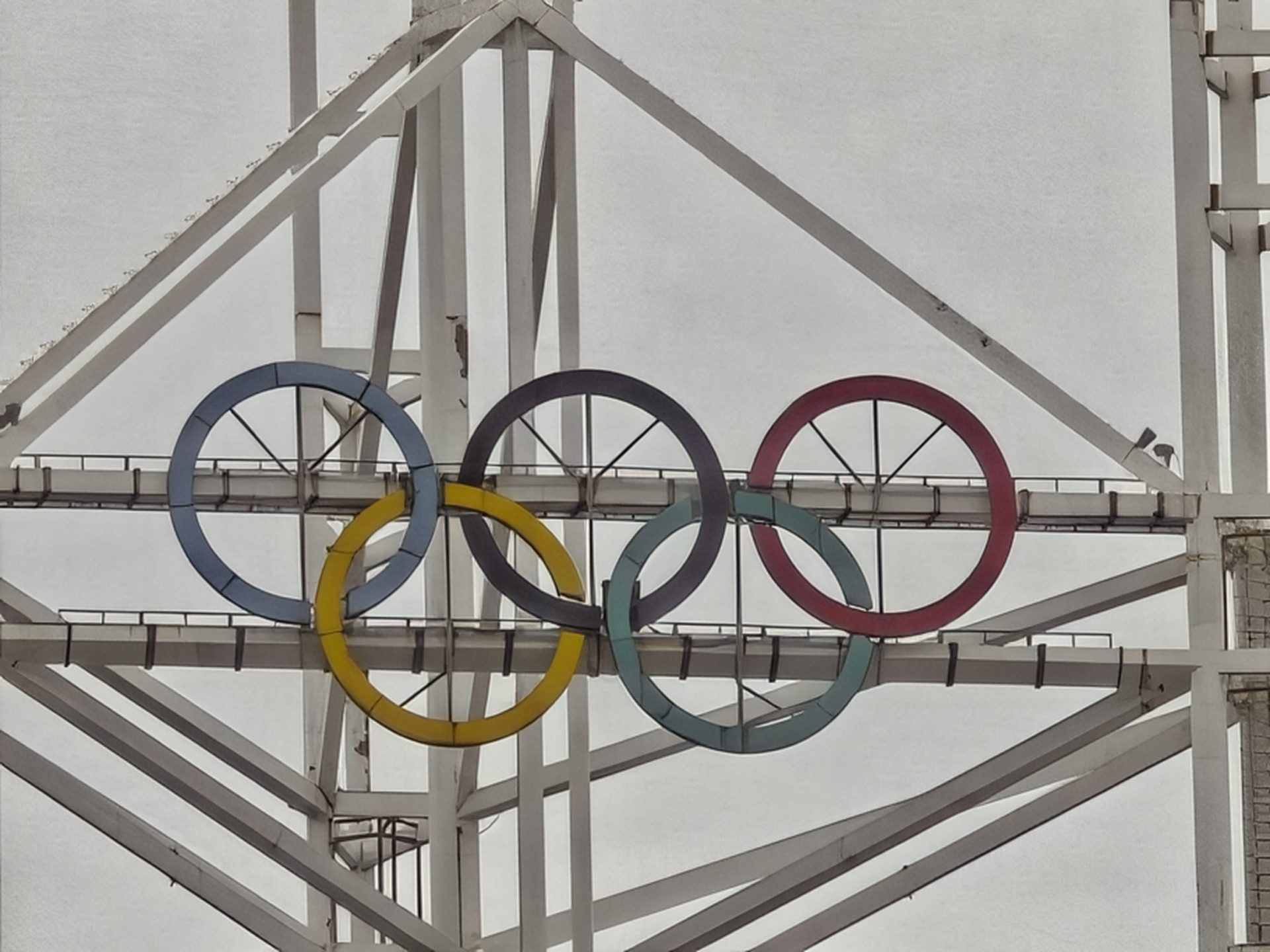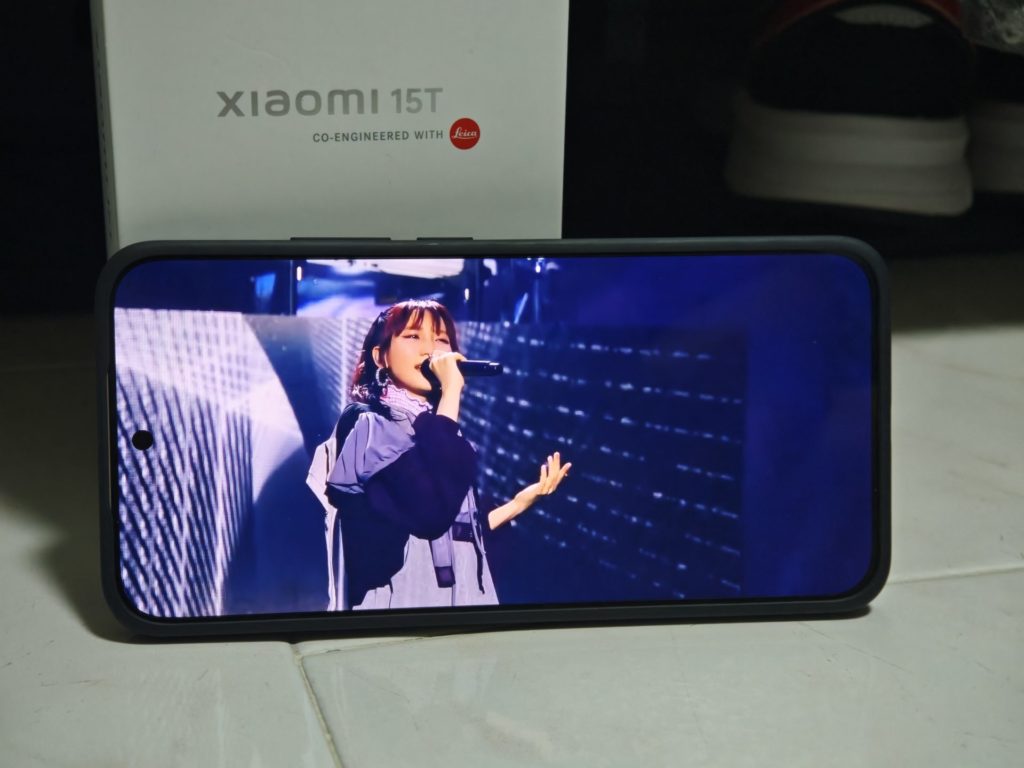Xiaomi’s latest flagship lineup once again comes in two flavours: the standard model and the “T” variant. The T-series has always been Xiaomi’s way of delivering near-flagship performance at a lower price point, usually by swapping Qualcomm chips for MediaTek alternatives. But this year is different. With the Xiaomi 15T, Xiaomi has blurred that gap even further – bringing premium features, Leica optics, and top-tier performance into a package that starts at S$599.

The 15T Pro commands a S$799 price tag, and honestly, that’s already touching “proper flagship” territory. So I went for the more value-driven option – the Xiaomi 15T – and to my surprise, the difference between the two in day-to-day use is actually very small.
Let’s dive into it.
1. Design & Hardware – Ultra Slim, Premium Feel, and a Surprisingly Strong Chipset
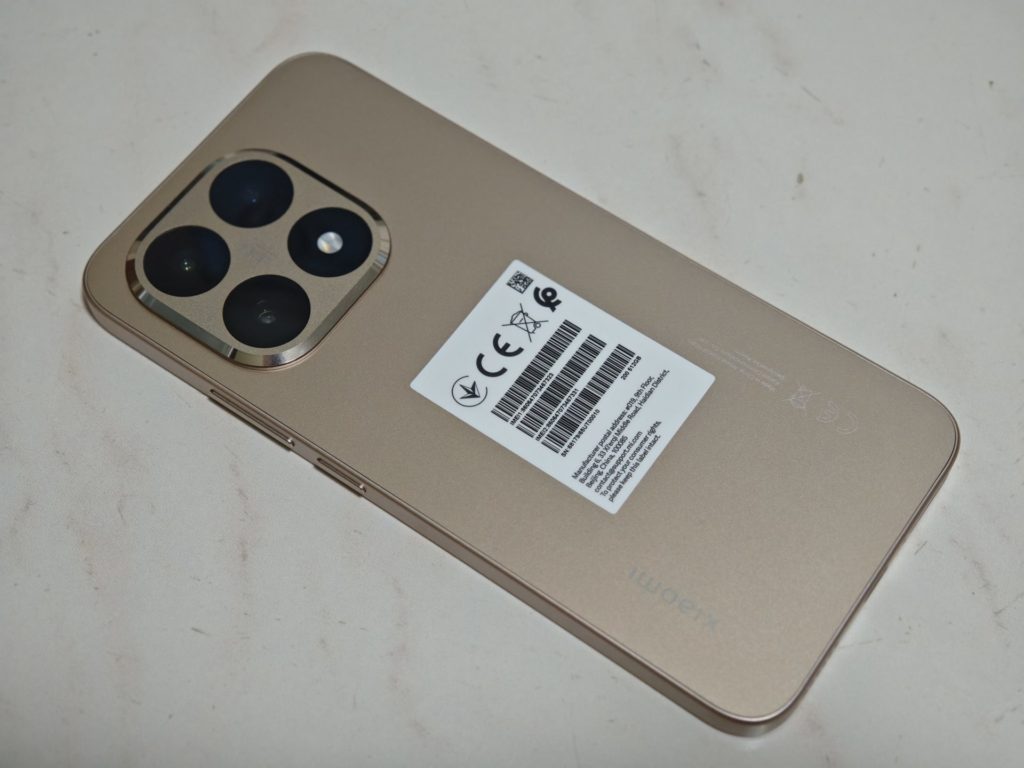
The Xiaomi 15T immediately gives off a premium look. The metallic back feels cool to the touch, the ultra-slim bezels look fantastic, and the gold colour option has this classy, almost understated luxury vibe.
Under the hood, Xiaomi opted for the MediaTek Dimensity 8400 Ultra, and honestly, this chipset doesn’t feel like a compromise at all. In fact, it’s one of the better MediaTek chips I’ve tested in recent years. It’s efficient, runs cool, and delivers flagship-grade responsiveness in UI navigation, gaming, and camera processing. The 8400 Ultra feels like MediaTek’s sweet spot – great performance, but without draining your battery like a thirsty Snapdragon.
Speaking of which, the phone packs a 5500mAh battery – bigger than what you find even in many high-end flagships today. Combined with the efficient chipset, battery life is excellent. I routinely ended the day with more than 30% remaining.
2. Camera System – Leica Everywhere: Telephoto, Main, Ultra-wide

One big highlight: Leica optics are also available on the T-series.
You get:
-
46mm Leica Telephoto
-
23mm Leica Main Camera
-
15mm Leica Ultra-Wide
This means you’re getting the same Leica colour science, contrast profile, and image tuning that Xiaomi usually reserves for their top-end devices.
Despite Xiaomi positioning the non-T and T models slightly differently, the actual photo output between the Xiaomi 15 and the Xiaomi 15T is surprisingly close — almost identical in many situations.
Looking at the comparison shots I took at the Temple of Heaven, both phones produced:
-
Very similar dynamic range
-
Consistent exposure across the sky and architectural details
-
Strong colour accuracy without pushing saturation too far
-
Clean textures on the tiles, building edges, and carved stonework
Where the 15T pulls ahead slightly is in micro-contrast, particularly around fine elements like the blue roof patterns and stone carvings. Colours also appear just a touch richer, giving the image slightly more depth — but not in a processed or artificial way. This seems to be Xiaomi’s Leica tuning at work: subtle, natural, and restrained.
However, the differences are small. You would not be able to tell them apart unless you look closely or zoom in. In real-world usage, both the T and non-T series deliver flagship-grade photo quality.
So the takeaway is:
If you’re buying the 15T for photography, you’re not losing out at all. In fact, image quality is essentially on par with the standard Xiaomi 15 — which is very impressive at this price point.
3. Personal Experience – Great Sound, Great Screen, but Maybe Too Wide?
The first thing I noticed when picking up the 15T was how light and thin it feels despite having such a big battery. Xiaomi did a good job balancing size and weight.
But – and this is personal preference – the width of the phone is noticeably larger. For people with smaller hands, this might be a stretch (literally). One-handed usage becomes a bit tricky unless you rely on MIUI’s reachability shortcuts.
Offline Communication
Xiaomi also introduced their offline communication feature, which supposedly works with a range of up to 1.3km between Xiaomi devices. Cool idea, but as with all proprietary standards, I don’t see it becoming mainstream until it’s open and widely adopted.
Conclusion – A Flagship-Like Phone for S$599: Hard to Beat
At S$599, the Xiaomi 15T is easily one of the best-balanced phones you can buy right now:
Strengths
-
Leica cameras at this price are crazy good
-
Large and vibrant AMOLED display
-
Excellent battery life with a 5500mAh cell
-
67W fast charging
-
Very strong MediaTek Dimensity 8400 Ultra chipset
-
Premium design and ultra-thin bezels
-
IP68 rating (a rare find in this price bracket)
Small Downsides
-
The phone may be too wide for people with smaller hands
-
Not everyone will fully benefit from Xiaomi’s device-to-device offline comms
-
Speakers are good, but not flagship-level good
Final Thoughts
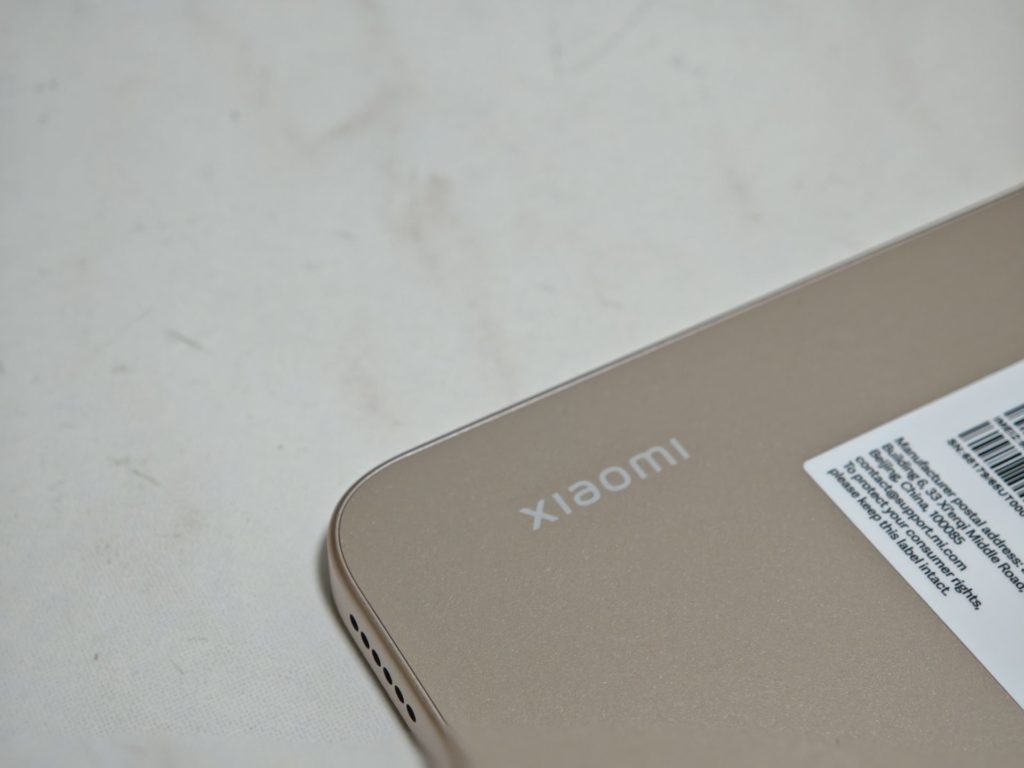
The Xiaomi 15T is a fuss-free, solid, and value-packed smartphone that performs like a flagship without costing like one. If you want a great camera, big display, long battery life, and an overall smooth experience, the 15T delivers all of that – and more – at a very attractive price.
For S$599, it’s honestly hard to argue against.




